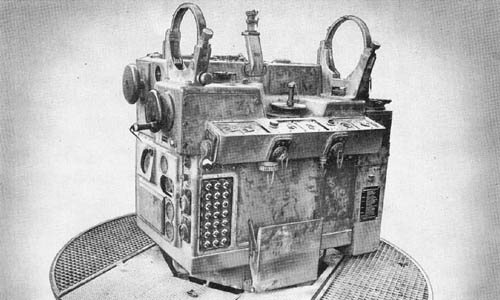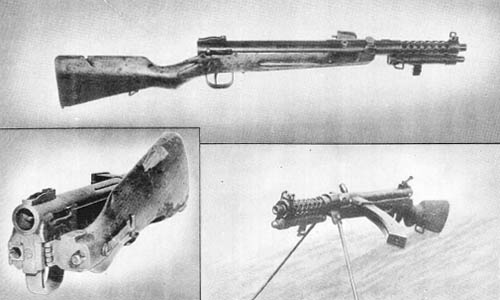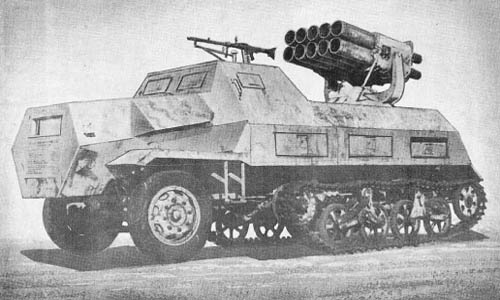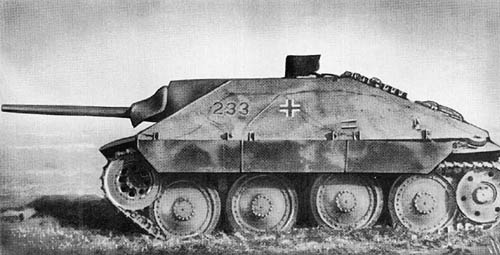
The chassis of this self-propelled antitank gun is a modified version of the chassis for the Czech Model 38 tank. The lower nose of the hull is 60 mm thick set at 40° and interlocked with the sides and upper nose plate. The upper nose plate is 60 mm thick. It is positioned at an angle of 60° and extends to the top of the superstructure. Brinell hardness is approximately 240. All-welded construction is employed except in attaching roof and superstructure rear plates which are bolted on for reasons of accessibility. The two latter plates are 8 mm horizontal and 8 mm at 70° respectively. The side superstructure plates are 20 mm set at 40° with a brinell hardness of approximately 195. The hull floor plate is 10 mm. Side apron plates of 5 mm give added protection against high explosive shell fire.
The 7.5 cm Pak 39 (L/48), mounted 15 inches to the right of the hull center line, has an improved type of recoil mechanism. This allows the muzzle brake to be discarded. Elevation is from -6° to +10°. Traverse overall is 16° (-11° right -5° left). A new type machine gun mount is built in the roof. The machine gun is fitted with a periscopic sight and extended trigger, and may be traversed in any direction and fired from within. A Sfl ZF 1a sight and an episcope is provided for the main gunner. The sight projects through the roof. The loader has an episcope fitted in the rear portion of his hatch fixed at 6 o’clock.
The steering mechanism is the usual controlled differential type which allows curves of 29½ foot radius without “steering losses.” Curves of smaller radius are obtained by using the track brakes of the additional clutch brake system also provided.
There are two fuel tanks with a total capacity of 85 gallons. Ground pressure is 11.9 pounds per square inch. The power to weight ratio is approximately 9 HP per ton. The Fu 5 radio is fitted. Commanders equipments carry an additional Fu 8.
SPECIFICATIONS
| Weight in action | 17.6 tons | |
| Length (overall excluding gun) | 15 ft., 11 ins. | |
| Width (overall) | 8 ft., 7 1/8 ins. | |
| Height (overall) | 6 ft., 10 1/2 ins. | |
| Ground clearance | 1 ft., 4 3/4 ins. | |
| Tread centers | 6 ft., 10 1/2 ins. | |
| Ground contact | 8 ft., 11 1/2 ins. | |
| Width of track | 1 ft., 1 3/4 ins. | |
| Pitch of track | 4.1 ins. | |
| Track links | 96 | |
| Fording depth | 2 ft., 11 ins. | |
| Theoretical radius of action | ||
| Roads | 100 miles | |
| Cross-country | 50 miles | |
| Speed | ||
| Roads | 16 m.p.h. | |
| Cross-country | 9 m.p.h. | |
| Armor | ||
| Hull nose plate (lower) | 60 mm at 40° | |
| Hull side plate | 20 mm undercut 15° | |
| Hull tail plate | 20 mm at 15° | |
| Glacis plate (upper nose) | 60 mm at 60° | |
| Superstructure side plates | 20 mm at 40° | |
| Superstructure rear plate | 8 mm at 70° | |
| Gun mantlet | 30 mm rounded | |
| Armament | 7.5 cm Pak 39 (L/48); one M. G. 34; one M. G. 44. | |
| Ammunition (Rds.) | 7.5 cm gun, 41 rds.; M. G. 34, 600 rds.;* M. G. 44, 180 rds. | |
| Engine | Czech EPA (Type TZJ), 6-cyl., inline, 158 hp. at 2,600 r.p.m. | |
| Transmission | 5 speeds forward, 1 reverse | |
| Steering | Epicyclic, clutch brake type | |
| Crew | 4 |
*In addition to the ammunition mentioned above, 12 rounds of signal ammunition, 20 egg hand grenades, and 6 smoke candles are carried.
German: p. 20.1 (April 1, 1945)
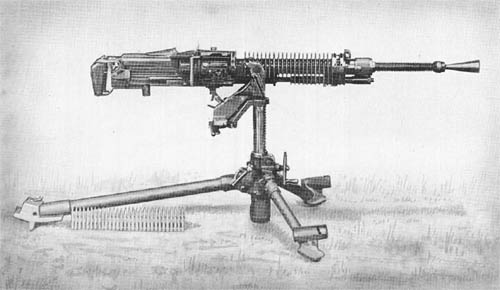
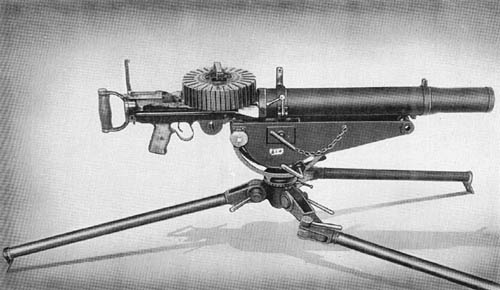
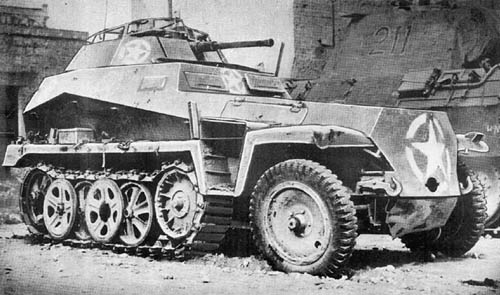
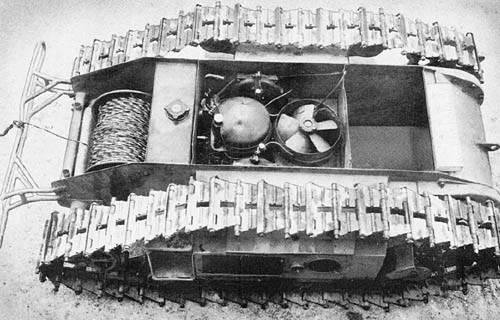
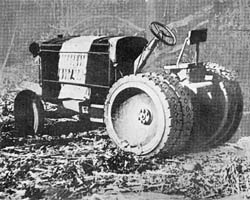 This is a commercial type wheeled tractor used for general purpose work. The front wheels are 29 x 5 inches and the rear dual wheels are 40 x 10 inches, all fitted with solid rubber tires. The drive is from the rear wheels only, and steering is effected by a worm gear system operating the front wheels. Normal automotive controls are provided, save for a hand throttle. The transmission provides three speeds forward and two in reverse.
This is a commercial type wheeled tractor used for general purpose work. The front wheels are 29 x 5 inches and the rear dual wheels are 40 x 10 inches, all fitted with solid rubber tires. The drive is from the rear wheels only, and steering is effected by a worm gear system operating the front wheels. Normal automotive controls are provided, save for a hand throttle. The transmission provides three speeds forward and two in reverse.